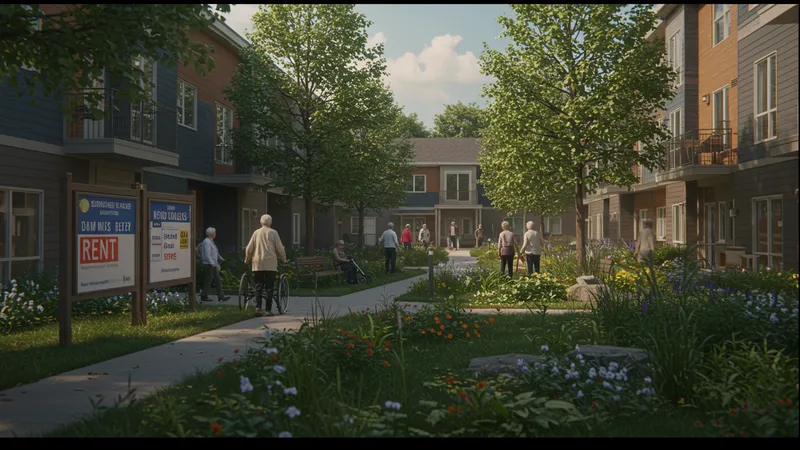
Affordable Senior Housing: Exploring The Future Of Retirement Villages
Financial Models and Affordability Strategies in U.S. Retirement Villages
Keeping senior housing affordable requires intentional financial design. Leading communities use sliding scale rents linked to income, allowing broader resident eligibility without sacrificing operational sustainability. For instance, Volunteers of America Senior Housing frequently aligns rent amounts with HUD guidelines to cap out-of-pocket costs, targeting seniors living at or below 60% of area median income (AMI).

Federal and state tax credits remain essential, particularly the Low-Income Housing Tax Credit (LIHTC) program, which has spurred the development of thousands of units nationwide. Both Fairmount and The Gardens at Gahanna benefit indirectly from these incentives, partnering with developers and nonprofit agencies to streamline project funding. This collaborative approach sustains affordability while ensuring ongoing maintenance and updates to each community.
Affordability strategies also extend to bundled service offerings. Utilities, maintenance, transportation, and emergency response are often included in base rent, simplifying residents’ budgeting and reducing the likelihood of financial strain. This flat-fee structure is increasingly attractive to seniors on fixed incomes, who require predictability without surprise expenses.
Furthermore, some developments introduce flexible lease terms or life-care contracts, adapting payment models to evolving resident needs. These innovations are especially relevant given changing economic conditions in the United States, making senior villages more accessible and resilient during periods of financial uncertainty. As policy evolves, the ability of affordable retirement communities to adjust and respond remains a crucial advantage.